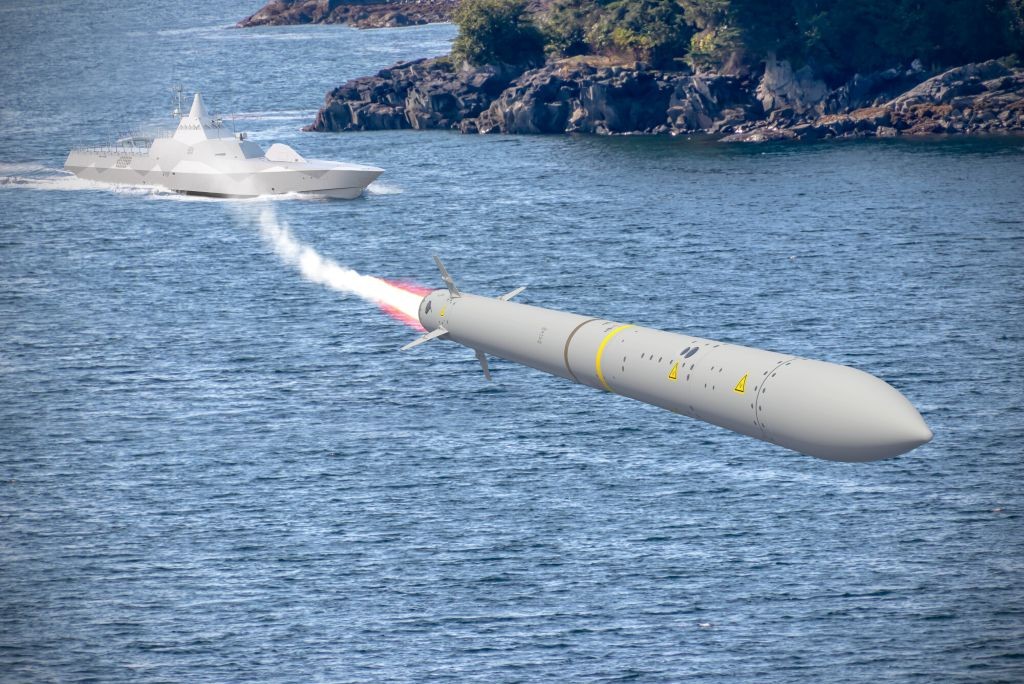Legislative Developments in Defense Funding
As negotiations to conclude the longest government shutdown in U.S. history unfolded, Congress secured a substantial allocation of funds focusing on the B-21 bomber and Sentinel Intercontinental Ballistic Missile (ICBM) programs. This legislative action, finalized on Wednesday night, underscores a persistent bipartisan commitment to modernize the U.S. Air Force’s nuclear capabilities.
Increased Funding for Military Infrastructure
The recently enacted three-bill funding package designates $3.9 billion for military infrastructure projects, exceeding the Air Force’s 2026 budget proposal by approximately $204 million. Additionally, over $850 million is now available for flexible expenditures beyond the continuing resolution, earmarked for at least 11 projects associated with the B-21 and Sentinel initiatives.
Bipartisan Support for Nuclear Modernization
The military construction allocations reaffirm the robust bipartisan backing for the Air Force’s nuclear modernization endeavors. Despite considerable cost overruns in the Sentinel project and operational delays affecting B-21 production discussions, lawmakers remain resilient in their support for these high-priority defense initiatives. Notably, representatives from the Air Force and Northrop Grumman did not provide comments by the reporting deadline.
Strategic Infrastructure Investments
House Appropriations Chairman Rep. Tom Cole (R-Okla.) and Rep. John Carter (R-Texas) articulated in a joint statement that the bill aims to “support the infrastructure of bases across the globe.” Specific to the B-21 program, the newly secured funds will facilitate various projects, including:
- Ellsworth Air Force Base, South Dakota: Simulator facilities, alert structures, and outdoor shelters.
- Whiteman Air Force Base, Missouri: A weapons release storage system and a dedicated radio-frequency hangar.
- Dyess Air Force Base, Texas: Mission-planning facilities and assorted site enhancements.
- Tinker Air Force Base, Oklahoma: Construction of a four-bay depot maintenance hangar for B-21 and B-52 aircraft.
Ellsworth is designated as the initial main operating base for the B-21, serving as the site of its Formal Training Unit, while Whiteman and Dyess have been selected as preferred future operating bases. The Air Force projects to procure 100 B-21 aircraft by the mid-2030s.
Historic Funding Levels for Dyess
Rep. Jodey Arrington (R-Texas), the House budget chairman, noted that the funding for B-21-related construction projects at Dyess marks a historic investment of $90.8 million, more than tripling last year’s substantial allocation of $30 million. “These funds will directly support the B-21’s arrival and ensure Dyess remains at the forefront of America’s air capabilities,” Arrington emphasized.
Enhancements to Sentinel Infrastructure
Additionally, $130 million is allocated for improvements related to the Sentinel program at F.E. Warren Air Force Base. This initiative is part of a broader effort to replace 7,500 miles of aging copper wire with modern fiber-optic cables, vital for enhancing the missile system’s operational efficiency.
Considerations for Hardened Aircraft Shelters
The appropriations legislation also mandates that the Air Force explore the potential for constructing hardened shelters to better defend aircraft and personnel from extreme weather conditions and foreign aggression. Lawmakers acknowledged the importance of these shelters, expressing concerns over the viability of open-sided facilities for platforms stationed at installations with elevated risks.
A joint explanatory statement within the bill requests the Air Force provide a briefing within 90 days regarding the costs and feasibility of developing fortified structures designed to safeguard “strategically valuable” assets, particularly those storing fuel or munitions that could lead to catastrophic incidents if ignited.
Implications of Recent Military Vulnerabilities
The renewed emphasis on hardened shelters aligns with recent evaluations following Operation Spider Web, a significant drone attack on Russian strategic bombers, which exposed vulnerabilities relevant to U.S. military deployments abroad. Former defense officials have identified this incident as a critical alert regarding the increasing risks associated with American air assets stationed internationally.





